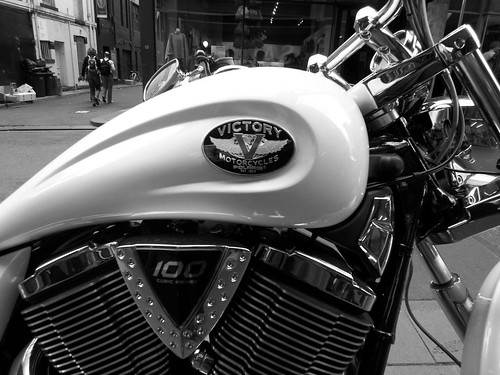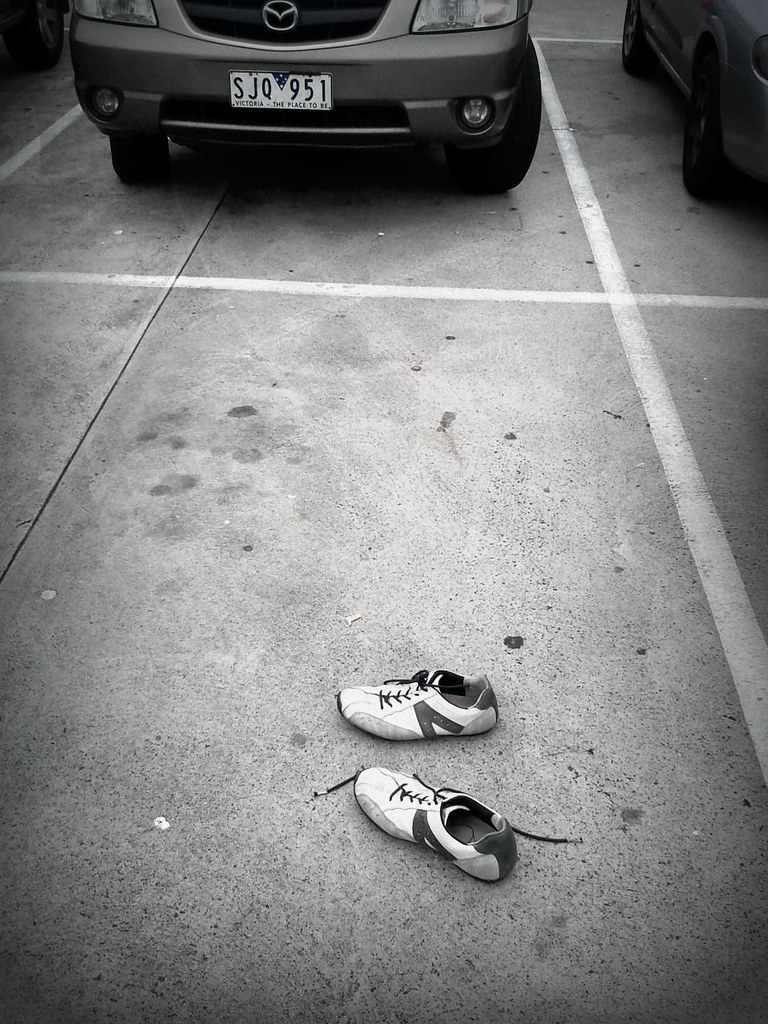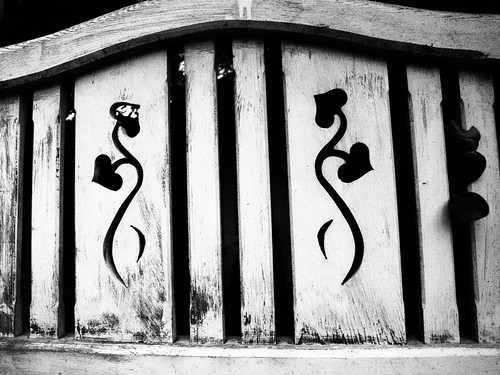For those who don't "get it", an Effex filter when implemented in the camera does the following:
- display a result show on the LCD after the shot - in your hand, in situ - if you don't like it, you can shoot again immediately. Even something simple like conversion to black and white helps me visualise the patterns by suppressing the colour during framing and composition.
- show you in Live View before and during the shoot to predict the shot - this allows you to tweak settings, change framing and composition, depth of field - it all becomes tangible and real rather than waiting for some hours later to sit at the computer
- often you can shoot RAW + JPEG. This allows you to the ability of preview and look at your result, yet, you have an untampered copy where the manufacturer's software can render at the computer or avoid the effect altogether.
- for those who shoot movies, it seems really cool to be able to apply live filter effects, in situ.



